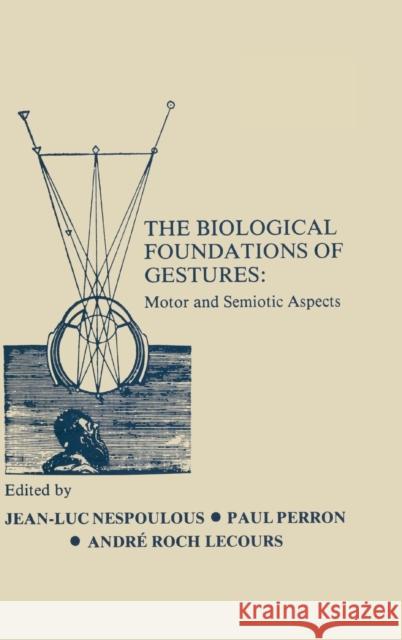The Biological Foundations of Gesture: Motor and Semiotic Aspects » książka
topmenu
The Biological Foundations of Gesture: Motor and Semiotic Aspects
ISBN-13: 9780898596458 / Angielski / Twarda / 1986 / 332 str.
The Biological Foundations of Gesture: Motor and Semiotic Aspects
ISBN-13: 9780898596458 / Angielski / Twarda / 1986 / 332 str.
cena 180,43 zł
(netto: 171,84 VAT: 5%)
Najniższa cena z 30 dni: 176,25 zł
(netto: 171,84 VAT: 5%)
Najniższa cena z 30 dni: 176,25 zł
Termin realizacji zamówienia:
ok. 22 dni roboczych
Bez gwarancji dostawy przed świętami
ok. 22 dni roboczych
Bez gwarancji dostawy przed świętami
Darmowa dostawa!
First published in 1986. Routledge is an imprint of Taylor & Francis, an informa company.











